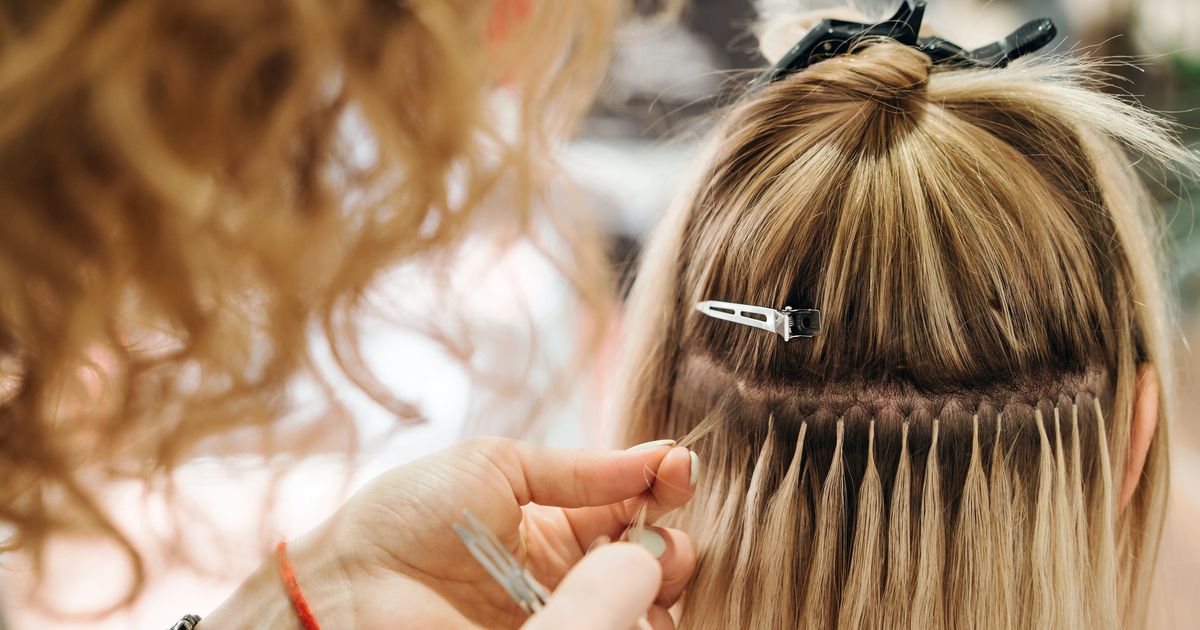





Would You Pay $4,000 for This Hair?

Social video platforms have turned high-end hair extensions into a hot topic: recent clips about Hair by Chrissy’s reportedly four‑figure prices have gone viral, prompting a lively debate about value, craftsmanship and celebrity branding. Whether you’re a devoted extensions wearer, a salon owner, or simply curious, this piece breaks down what typically drives luxury extension costs, what you should ask before you buy, and how to weigh cost against longevity and ethics.
Why the price is causing a stir
Short clips of price tags can be provocative: they make viewers gasp, compare and share. In this case, TikTok creators highlighted a headline price for hair that many consider steep. But price alone doesn’t tell the full story. High-end extensions and bespoke hair services can include multiple elements that accumulate cost — from raw-material sourcing to the specialist labour of colour-matching and construction, plus the overheads associated with celebrity collaborations and luxury packaging.
What goes into luxury extension pricing
When you see a four‑figure figure attached to a head of hair — whether that’s clip-ins, wefts, tape extensions, or a fully constructed wig — there are several legitimate cost centres behind it. Understanding these helps explain why some pieces attract such high prices.
- Raw material quality: Human hair, particularly single-donor or Remy hair, commands a premium because of its uniform cuticle alignment and natural durability. Virgin hair (never chemically processed) is rarer and more expensive.
- Source and ethics: Ethical sourcing, fair pay for donors, and traceability add cost. Some luxury brands pay more to ensure transparency and to avoid hair sourced through exploitative routes.
- Construction and craftsmanship: Hand-tied wefts, custom ventilated lace, and bespoke wig construction require skilled technicians and lengthy labour hours.
- Colouring and customisation: Matching and custom dyeing to blend with a client’s own hair is time-consuming and often performed by senior colourists.
- Salon time and expertise: Installation — sewn-in wefts, micro-links, or tape applications — is charged at style-level rates and can take several hours or more.
- Branding and limited editions: Celebrity collaborations or exclusive launches can include marketing premiums that push prices higher than equivalent non-branded products.
- Aftercare and warranty: Some brands include professional maintenance, guarantees or replacement options which increase the upfront cost but lower lifetime expense.

How to decide if a four‑figure purchase is worth it
Price perception is personal: one person’s investment is another’s extravagance. Consider these practical points when assessing value.
- Longevity: Well-made human-hair extensions and wigs can last months to years with proper care — divide the price by months of wear to see cost-per-use.
- Maintenance costs: Factor in professional removals, reapplications, toning or repairs. These add to lifetime cost but preserve appearance.
- Stylist expertise: A premium piece only looks premium if installed and blended correctly. Budget for a reputable professional.
- Resale and upgrade options: Some high-quality hair holds resale value or can be repurposed; others cannot.
- Alternatives: Compare bespoke offerings with high-quality mid-range options that may offer similar visual results for a lower spend.
If you’re considering a significant spend, book a consultation, request provenance information, and ask about aftercare packages. A transparent brand or salon should be willing to explain each cost element.
Practical tips for shoppers and salon professionals
Whether you’re shopping or advising clients, clarity and expectations matter. Use this quick checklist.
- Ask whether the hair is single-donor, Remy, virgin or processed.
- Request documentation on sourcing or donor ethics if available.
- Confirm who performs colour-matching and whether multiple sittings are included.
- Clarify installation time, maintenance schedule and removal fees.
- Check for guarantees, repair policies or exchange options.
- For stylists: provide a written estimate breaking down labour and materials to avoid surprise charges.
Key Takeaways
- Viral reaction to a $4,000 hair price highlights broader questions about value, transparency and celebrity branding in the luxury-hair market.
- High costs can reflect quality raw materials, hand-crafted construction, ethical sourcing and extensive professional labour.
- Always consider total lifetime cost — including maintenance, reapplication and repairs — rather than headline price alone.
- Ask for provenance and a clear breakdown of what is included: hair type, customisation, installation and aftercare.
- There are excellent mid‑range alternatives; a higher price does not automatically guarantee a better result unless matched with professional service and honest sourcing.
Frequently Asked Questions
Q: Are luxury extensions worth the price?
A: It depends on your priorities. If longevity, natural movement, and ethical sourcing are crucial, a premium piece plus professional installation can be cost-effective over time. If you want a short-term look or lower maintenance, mid-range options may suffice.
Q: How can I verify where the hair comes from?
A: Ask the retailer or salon for information about sourcing and donor policies. Ethical brands will share whether hair is traceable, how donors are compensated, and if any third-party audits exist.
Q: Will high-cost hair damage my natural hair?
A: Any extensions can cause damage if installed or maintained incorrectly. Choose experienced technicians, use appropriate installation methods for your hair density, and maintain roots with scheduled breaks and professional check-ups.
Q: How long do quality human-hair extensions last?
A: With correct care and professional maintenance, high-quality human-hair extensions can last from several months to a few years. Lifespan varies by hair type, construction and how often they’re worn.
Q: Are celebrity-branded hairs always more expensive than equivalents?
A: Often celebrity collaborations include marketing and exclusivity premiums. Some branded products justify higher costs through superior materials and services, but not all higher-priced celebrity lines are inherently superior to unaffiliated luxury brands.
Explore More: Discover related reads from Hairporium — News • Guides • DIYs • Expert Articles.
Stay Updated: Read more UK hair industry news and innovations on Hairporium News.







